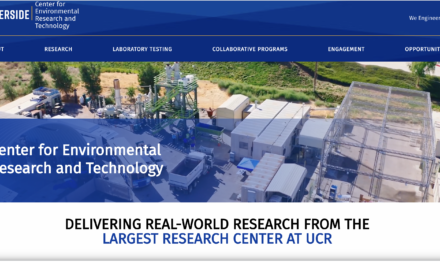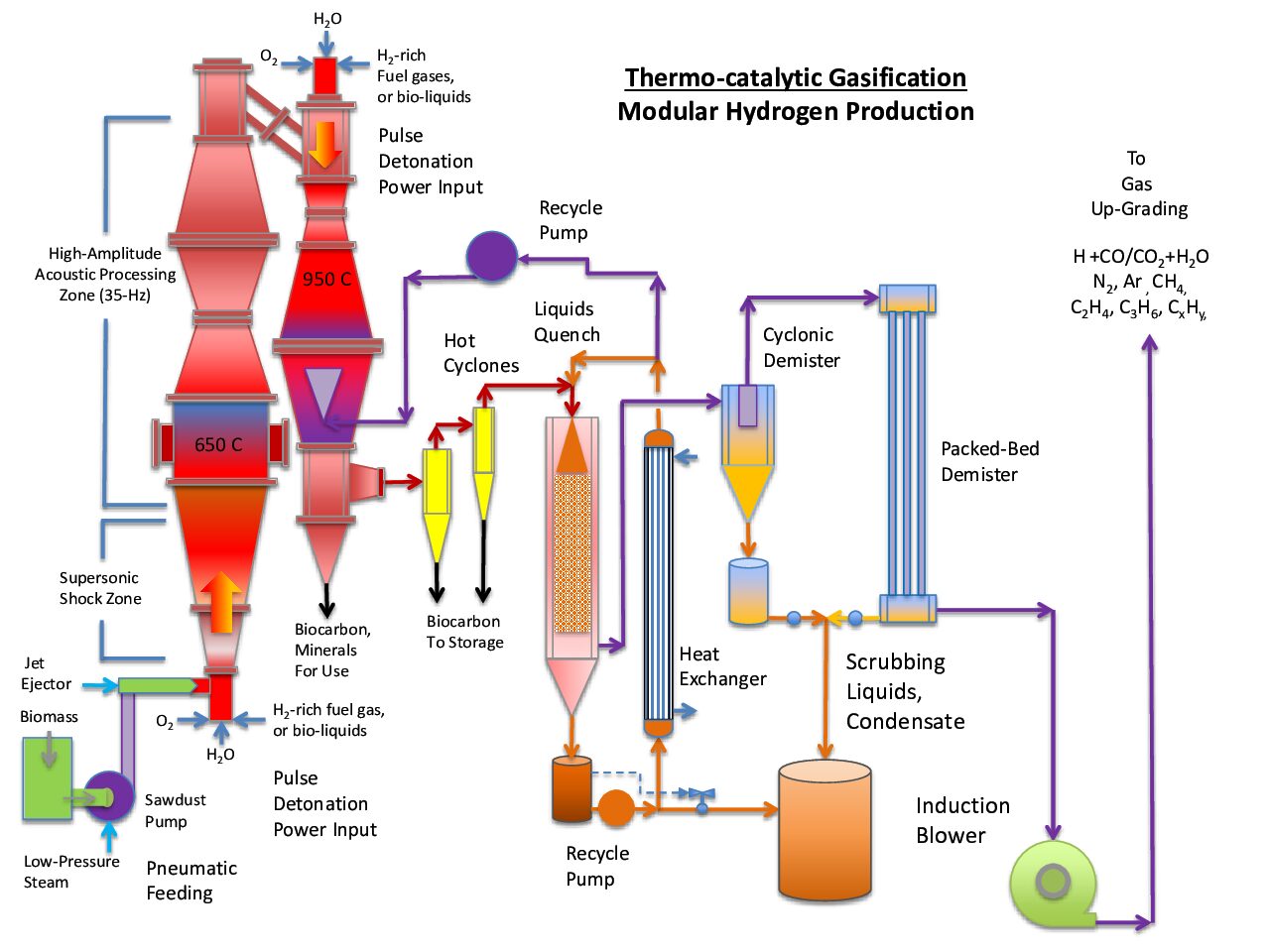Separated biomass residues are a source of green power needed for H2 generation and H2 liquefaction. Moreover, small-scale cryo-cooling systems based on Stirling and thermoacoustic refrigeration cycles are emerging. Our long-term vision is for hydrogen production using a biomass-to-hydrogen process that has been optimized for cryogenic liquefaction at small to medium scale for dispersed H2 fueling stations. However, initial markets will likely use hydrogen gas compressed to high pressure for distribution in composite cylinders used for demonstration fleets. The key factor in going to a hydrogen fuel cell “is a fleet’s need for availability of the vehicle for multi-shift, multi-route operations.” Initially, the H2 transportation market will be limited to small demonstrations fleets, i.e., the fuel cell modules provided by Toyota for Kenworth to build two dozen Class 8 zero emission trucks for the Ports of Los Angeles and the Port of Long Beach. Green hydrogen is presently selling in the range of $7-12/kg H2 in modest quantities for transportation uses. Following further research and development, a biomass-to-H2 plant with 10,000 kg/day H2 capacity is planned for commercial development to supply transportation needs. Multiple biomass-to-hydrogen plants are envisioned that convert a continuous supply of low-value biomass residues into carbon negative hydrogen. For example, 40% of H2 sold for transportation use in California must be renewable H2.
Surprisingly, worldwide there are no modular scale systems that convert low-cost biomass residues into high-value hydrogen. The solution we are proposing will enhance the conversion of biomass residues into syngas (H2+CO) by applying acoustic power to intensify a low-pressure entrained flow gasification process. The fundamental science and engineering to create pulse detonation derived acoustic power in the 30 Hz range has been developed for other industries, but never applied to biomass gasification. This innovation will impact people worldwide by enabling the economic conversion of billions of tons per year of biomass residues into carbon-negative hydrogen and other high-value products. Biomass gasification is a mature technology involving heat, steam, and oxygen to convert biomass into hydrogen and other products. Since growing biomass removes carbon dioxide from the atmosphere, the net carbon emissions are low. When coupled with sequestration of carbon co-products the LCAs reach into negative territory.





